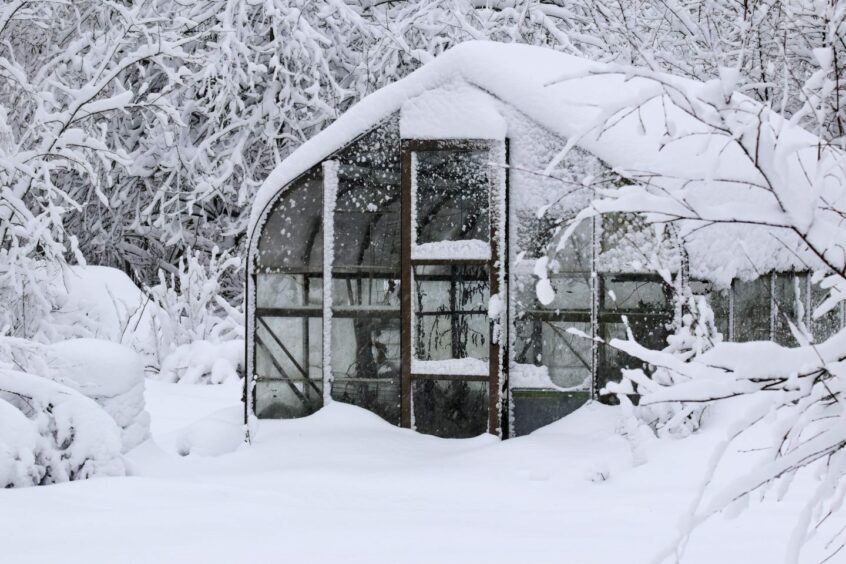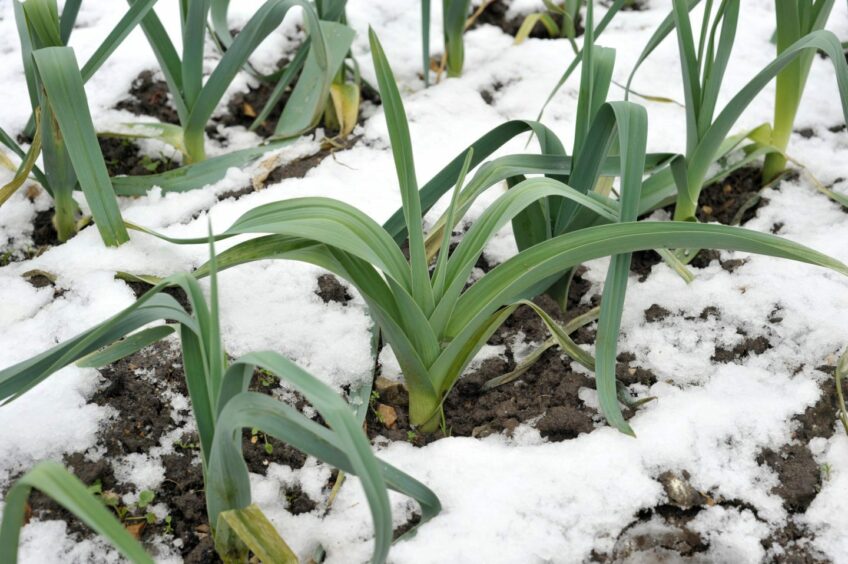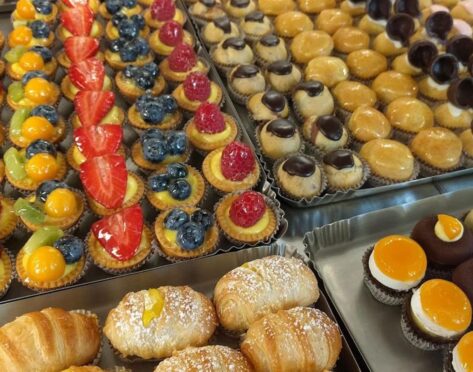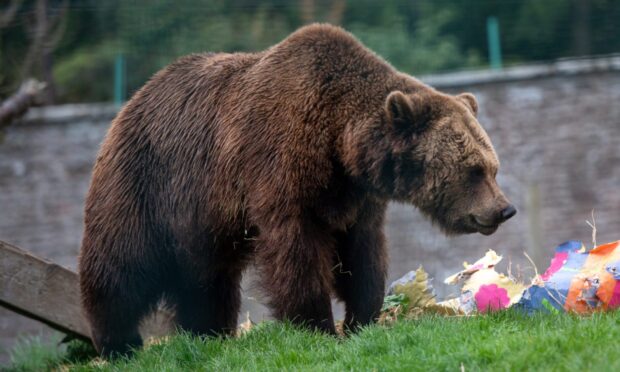The recent cold weather probably saw the wiser gardeners stick to the warmer indoors of the glasshouse, potting shed or indeed the comfort of the sitting room.
I must confess I was a wee bit smug I had a week’s holiday during this drop in temperatures. Although I couldn’t resist taking a break from the my decorating tasks to get out and enjoy the winter garden scene and draw in the beautiful cold, crisp air.
There’s no doubt I was more hesitant in pressing the button to turn the heating on, with the rise in fuel prices that’s affecting us all.
Cold is part of the cycle
Yet the gardener in me is also pleased our gardens are experiencing a period of cold for the plants to shut down properly and keep them in check.
With the climate changing our winters have become milder, which some may see as good. We can gamble on growing on a few more tender plants.
But really, I feel happier now, with the temperatures more where they should be at this time of year. So do our trees and shrubs, as it puts them into the deeper dormancy they expect.
Warmer winters confuse them, either keeping them in growth, which then gets whacked when a frost eventually does come, or flowering too soon.
It is also out of balance with the wildlife that relies on them for food.
I also like a good cold snap to sort out all the bugs we don’t really want in the garden. Warmer weather may see their numbers stay up, when really we want them kept in check.
Ideally I’m always trying to achieve a nice balance, enough to satisfy the garden ecosystem but not so much that the plants I’m trying to grow are harmed.
Zero degree benefits
This is especially so in the kitchen garden where I’ve a few veg still left in the ground that will actually be better for a blast of zero degree temperatures.
Carrots, parsnip, sprouts, kale, celeriac, cabbage and leeks all produce extra sugar to help protect themselves from the cold winter weather. It’s a bonus for us as it enhances the flavour.
This can be a gamble though if the ground is frozen so solid you can’t even get the spade in to dig them out!
With the biggest meal of the year about to happen tomorrow the last thing we need is for something to go wrong and not to have the Christmas veg from our garden.
So here’s a wee hint. I have seen fellow gardens carefully pouring warm water around leeks so to soften the ground so they can fork them out.
Tolerance to weather
Checking out a plant’s weather tolerance is very important when making a purchase for the garden, though.
By this we mean the ability of plant to survive outdoors unaided during the winters. In Scotland this can be a challenge, as they need to be able to handle changeable periods of freezing and relatively mild and wet weather.
A plant’s hardiness should be indicated on the label as a letter ‘H’ followed by a number from 1-7 in a rating system set out by the Royal Horticultural Society.
The rates range from H1 where plants would require greenhouse cultivation and some additional heat over the winter, H4 can endure low temperatures of -10 to -5 of a tenderly described ‘average’ winter, up to H7 where the plant has the ability to survive temperatures of -20 and more.
This may seem extreme but if you think that is probably still an average summer’s day in Braemar it’s going to be very useful for gardeners to know.
Full details on the plant hardiness ratings can be found on the RHS website or in a good plant encyclopaedia.
Where you are counts
Where in the country you garden will dictate what level of plant hardiness you go for.
I garden just outside of Perth so generally wouldn’t be looking to plant outdoors any lower than H5, feeling most comfortable with an H6 rating.
However if you are gardening near the coast or on the west of the country I’d be moving that one level down and moving in the other direction, looking to the maximum of H7 if I was up in the mountains and the colder/ inland gardens.
I’m probably just talking about myself here, but every now and then there comes a plant we know isn’t really for our gardens but there’s something that says we must try and grow it anyway.
There are a few little tricks we can use to try to beat Mother Nature.
Mulching around the base of the plant during autumn to protect the roots over winter, covering up with bubble wrap or horticultural fleece, and if growing in a pot, then bringing it indoors somewhere warm over winter to protect.
Whatever the weather is on Christmas Day it’ll still be nice enough to spend a little time enjoying your garden on this peaceful day.
Merry Christmas!












